Fernarbeit ist nicht mehr neu, und BYOD ist es auch nicht. Doch die Verwaltung von Sicherheit, Zugriff und Leistung über persönliche Laptops, Telefone, Tablets und Desktops hinweg stellt IT-Teams immer noch vor große Herausforderungen. Wie lassen sich Daten am besten schützen und ein einheitliches Nutzererlebnis gewährleisten? A virtuelle Desktop-Lösung zur Unterstützung hybrider Arbeitsweisen, ohne die Benutzer auf eine bestimmte Hardware festzulegen.
Ganz gleich, ob Sie eine Universität, ein Gesundheitssystem oder ein wachsendes Unternehmen sind, die Wahl der richtigen virtuellen Desktop-Lösung gibt Ihnen Kontrolle, ohne die Flexibilität einzuschränken. Und das ist genau das, was eine hybride Belegschaft verlangt.
Das Problem mit BYOD und traditioneller IT
BYOD-Richtlinien (Bring-your-own-device) geben Mitarbeitern und Studenten die Freiheit, von jedem beliebigen Gerät aus zu arbeiten oder zu lernen, aber diese Freiheit hat oft ihren Preis. Von IT-Teams wird erwartet, dass sie Unternehmensdaten sichern, mehrere Betriebssysteme unterstützen und Anwendungen bereitstellen, ohne zu wissen, welche Art von Gerät die Benutzer als nächstes verwenden werden.
Wer sich auf lokale Installationen, VPNs oder gerätespezifische Tools verlässt, hat schnell das Nachsehen:
- Inkonsistenter Zugang über verschiedene Plattformen
- Erhöhte Sicherheitsrisiken durch nicht verwaltete Geräte
- Lange Support-Zyklen für Anwendungskonflikte oder Hardware-Probleme
- Daten sind über persönliche Endgeräte verstreut
Aus diesem Grund entscheiden sich viele Unternehmen für eine virtuelle Desktop-Lösung: eine zentral verwaltete Umgebung, auf die von jedem Ort und von jedem Gerät aus sicher zugegriffen werden kann.
Warum BYOD eine virtuelle Desktop-Lösung braucht
In einem BYOD-Modell kann man sich nicht immer auf das Gerät verlassen, wohl aber auf die Umgebung. Eine virtuelle Desktop-Lösung schafft einen sicheren, isolierten Arbeitsbereich, der sich im Rechenzentrum oder in der Cloud befindet und nicht auf dem physischen Gerät des Benutzers.
Dies bedeutet:
- Es werden keine sensiblen Daten lokal gespeichert
- Zentralisierte Aktualisierungen und Kontrollen
- Konsistenter Zugriff unabhängig von Hardware oder Betriebssystem
- Leichtere Einhaltung von Datenschutzrichtlinien
Die Benutzer erhalten die Anwendungen und Desktops, die sie benötigen. Die IT-Abteilung behält die volle Kontrolle. Und die Geräte bleiben von den Unternehmenssystemen getrennt.
Mit einer Plattform wie Inuvika OVD Enterprise ist es möglich, BYOD sicher zu unterstützen, ohne teure Lizenzen oder komplexe Integrationen.
Was macht eine virtuelle Desktop-Lösung BYOD-fähig?
Nicht alle Virtualisierungsplattformen sind für hybride Umgebungen geeignet. Wenn Sie BYOD in großem Umfang verwalten, sollte Ihre virtuelle Desktop-Lösung ein paar wichtige Kriterien erfüllen:
- Geräte-gnostischer Zugang
Ihre Nutzer werden sich von MacBooks, Windows-PCs, Chromebooks und Tablets aus verbinden. Die Lösung muss ein einheitliches Erlebnis bieten, ohne dass Installationen auf jedem Gerät erforderlich sind. - Sichere Sitzungsisolierung
Wenn sich jemand von einem gemeinsam genutzten Gerät aus anmeldet, müssen Sie sicherstellen, dass keine Daten zurückbleiben, sobald er sich abmeldet. Virtuelle Desktops lösen dies, indem sie die Sitzungen vom lokalen Betriebssystem isolieren. - Zentralisierte Verwaltung
Apps einmalig installieren. Pushen Sie Updates sofort. Kontrollieren Sie den Benutzerzugriff über ein einziges Dashboard. Sie müssen nicht jeden Endpunkt berühren. - Flexible Bereitstellungsoptionen
Ob Sie nun in der Cloud, vor Ort oder in einer Mischung aus beidem hosten, Ihre Lösung sollte sich an Ihre Umgebung anpassen, nicht umgekehrt. - Lizenzierung, die zu Ihrem Anwendungsfall passt
BYOD-Modelle folgen nicht immer den traditionellen Benutzerlizenzierungsstrukturen. Eine gute Lösung bietet eine transparente, flexible und skalierbare Preisgestaltung.
Inuvika erfüllt alle diese Punkte und gibt IT-Teams die Werkzeuge an die Hand, um hybride Benutzer zu unterstützen, ohne die Budgets aufzublähen oder die Komplexität zu erhöhen.
Beispiel aus der Praxis: Hybride Arbeit ohne Kompromisse
Stellen Sie sich ein Unternehmen des Gesundheitswesens vor, in dem 200 Krankenschwestern von ihren eigenen Laptops aus auf Patientendaten zugreifen. Ohne eine sichere Lösung für virtuelle Desktops birgt diese Einrichtung große Risiken, wie die Gefährdung von Daten, ungepatchte Systeme und den Verlust von Geräten mit sensiblen Daten darauf.
Mit Inuvika kann die IT-Abteilung einen einheitlichen virtuellen Desktop bereitstellen, der alle klinischen Anwendungen und Daten enthält. Die Mitarbeiter des Gesundheitswesens melden sich über einen Browser an, nutzen das, was sie brauchen, und melden sich wieder ab. Nichts bleibt auf ihren Rechnern. Und die IT-Abteilung behält die volle Kontrolle über die Umgebung und erfüllt die HIPAA-Vorschriften, ohne jeden einzelnen Laptop verwalten zu müssen.
Dieser Ansatz gilt auch für Schulen, Finanzdienstleister, gemeinnützige Organisationen und alle Unternehmen, die mit gemischter Arbeit und verteilten Teams arbeiten.
Was macht Inuvika anders?
Da sich immer mehr Unternehmen von schwerfälligen, kostspieligen Plattformen wie VMware/Omnissa Horizon oder Citrix abwenden, gewinnt Inuvika OVD Enterprise aufgrund seiner Ausgewogenheit von Leistung, Einfachheit und Preis an Aufmerksamkeit.
Dies ist das Besondere an der virtuellen Desktop-Lösung:
- Plattformübergreifende Unterstützung: Windows, Linux, macOS, Chrome OS und mehr
- Browser-basierter Zugang: Keine lokale Installation erforderlich
- Zentralisierte Bereitstellung von Anwendungen und Desktops
- Mehrmandantenfähige Architektur: Ideal für Schulen, MSPs und verteilte Organisationen
- Transparente Preisgestaltung ohne Zwangsbündelung oder versteckte Kosten
- Abonnementpreise für gleichzeitige Benutzer, die weit unter denen von Citrix oder VMware/Omissa Horizon liegen
Ganz gleich, ob Sie Altsysteme ersetzen oder einen neuen Virtualisierungsstack von Grund auf aufbauen, Inuvika passt sich Ihrer IT-Strategie an, ohne dass Sie sich an einen bestimmten Anbieter binden oder einen kostspieligen Overhead haben.
Abschließende Überlegungen
Die BYOD-Ära wird nicht enden. Das hybride Arbeiten wird sich durchsetzen. Und die einzige Möglichkeit, mitzuhalten, besteht darin, den Nutzern die Freiheit zu geben, sich zu verbinden, ohne die Kontrolle aufzugeben.
Eine gut ausgebaute virtuelle Desktop-Lösung wie Inuvika OVD Enterprise bietet Ihrem Unternehmen sowohl Flexibilität für die Benutzer als auch volle Transparenz für die IT-Abteilung. Sie ist sicher, skalierbar und für die Art und Weise konzipiert, wie heute gearbeitet wird - geräteübergreifend, standortübergreifend und zu Ihren Bedingungen.

